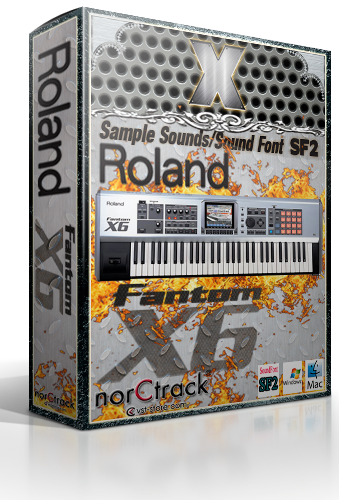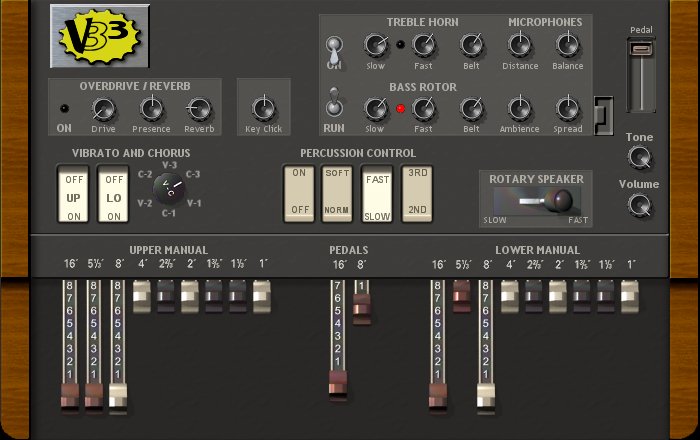

The correct value of this setting depends on the smallest note unit used in the imported MIDI files, and there is no “one correct setting”.įor further pattern detail, you can choose the amount of ticks per row in the range of 2 to 16. For typical MIDI files, 16th or 32nd notes should be sufficient. This setting lets you choose the note length of a single pattern row. Since MIDI files are not pattern-based, you need to decide how many time units you want to put within a single pattern row. The following options are used when importing MIDI files.


If you are using a MIDI device that supports aftertouch (both channel pressure and polyphonic aftertouch are supported), you can enable this option to record pressure changes to the pattern as either volume commands or MIDI Macro commands. because they are triggered automatically by your MIDI device), you can add their decimal number in the exception list. If you want certain MIDI CCs to be ignored (e.g. For an easier and more versatile method of recording MIDI events, have a look at the MIDI Mapping. Note that only macro values are entered you will need to set up macro assignments in order for the proper controllers to be manipulated. Note that only macro values are entered you will need to set up a macro assignment in order to send these macros as MIDI Pitch Bend messages to plugins.Ĭhecking this box makes OpenMPT record incoming MIDI CCs as MIDI macro commands. If you have a hard playing style and use an amplification greater than 100%, this setting may decrease the dynamic range of the recorded note velocity, unless your MIDI hardware compensates for your play style, for example by applying a velocity curve.Ĭombine MIDI volume to Note Velocity Ĭhecking this box takes transmitted MIDI volume changes (MIDI CC 7) into account and multiplies them with the note velocity when notes are entered from a MIDI device, given that “Record Note Velocity” is enabled.Ĭhecking this box makes OpenMPT record incoming MIDI Pitch Bend messages as MIDI macro commands. You may also change the velocity amplification factor depending on your play style. Some MIDI controllers may not support note velocity and will always send the same velocity value. MIDI Recording - Volume and Controllers Record Note Off Ĭhecking this box records Note Off commands ( = in instrument mode, ^^ in sample mode) when recording from the MIDI device.Ĭhecking this box records the note′s key velocity into the pattern as a volume effect. If this box is checked, MIDI In Record is enabled automatically when starting OpenMPT. Effectively, this means that if the base octave differs from Octave 4, this difference is also applied to MIDI notes that are being received.Ĭhecking this box allows OpenMPT to receive MIDI messages that cause the currently active song to play, stop, or continue.Ĭhecking this box allows for playback to resume (after being paused) when any note key on the MIDI device is pressed.Ĭhecking this box sends MIDI data that OpenMPT receives from an external device to the active instrument plugin. For example, if a synthesizer was plugged into “Port A” when a module file was created but is now plugged into “Port B”, OpenMPT will open “Port B” if its friendly name has been updated to the friendly name that was previously used for “Port A”.įor help with setting up MIDI devices for input and output, be sure to also consult the MIDI Reference.Ĭhecking this box applies the pattern editor′s base octave setting to incoming MIDI notes. The plugin also uses these friendly names to open the correct MIDI ports for a device even if it was plugged into a different port. You can use the Rename button to assign more easily recognizable (“friendly”) names for MIDI devices to be shown in this list, the MIDI device dropdown menu in the main toolbar and in the MIDI Input / Output plugin.
OPENMTP INSTRUMENTS SOUNDFONT DRIVERS
If the list is empty, Windows did not recognize any MIDI device - check if you have installed your MIDI interface drivers properly. Clicking on the field opens a popup menu where you can choose from all available MIDI input devices. Shows the device from which MIDI data will be received. 2.3 Combine MIDI volume to Note Velocity.2 MIDI Recording - Volume and Controllers.


 0 kommentar(er)
0 kommentar(er)
